Dozens of birds will make nests in the unlikeliest locations to avoid predators and make a safe home. However, these locations can be harrowing. For example, cliffs are dangerous for hatchlings who don’t know how to fly yet, but birds will take the chance of nesting on a cliffside if it means staying away from harm.
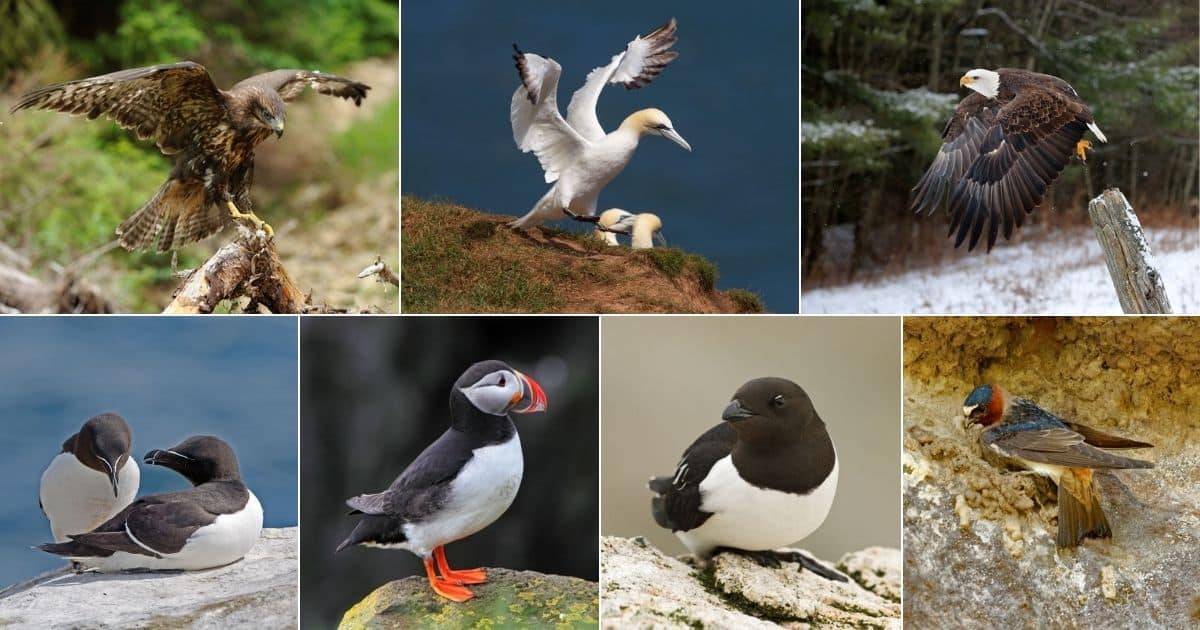
These birds are not only brave but incredibly stunning and have vivid colors that can make you do a double-take when you see one.
Read on to learn about 11 birds that nest on cliffs and are willing to brave terrible heights for added safety.
Contents
1. Eagle
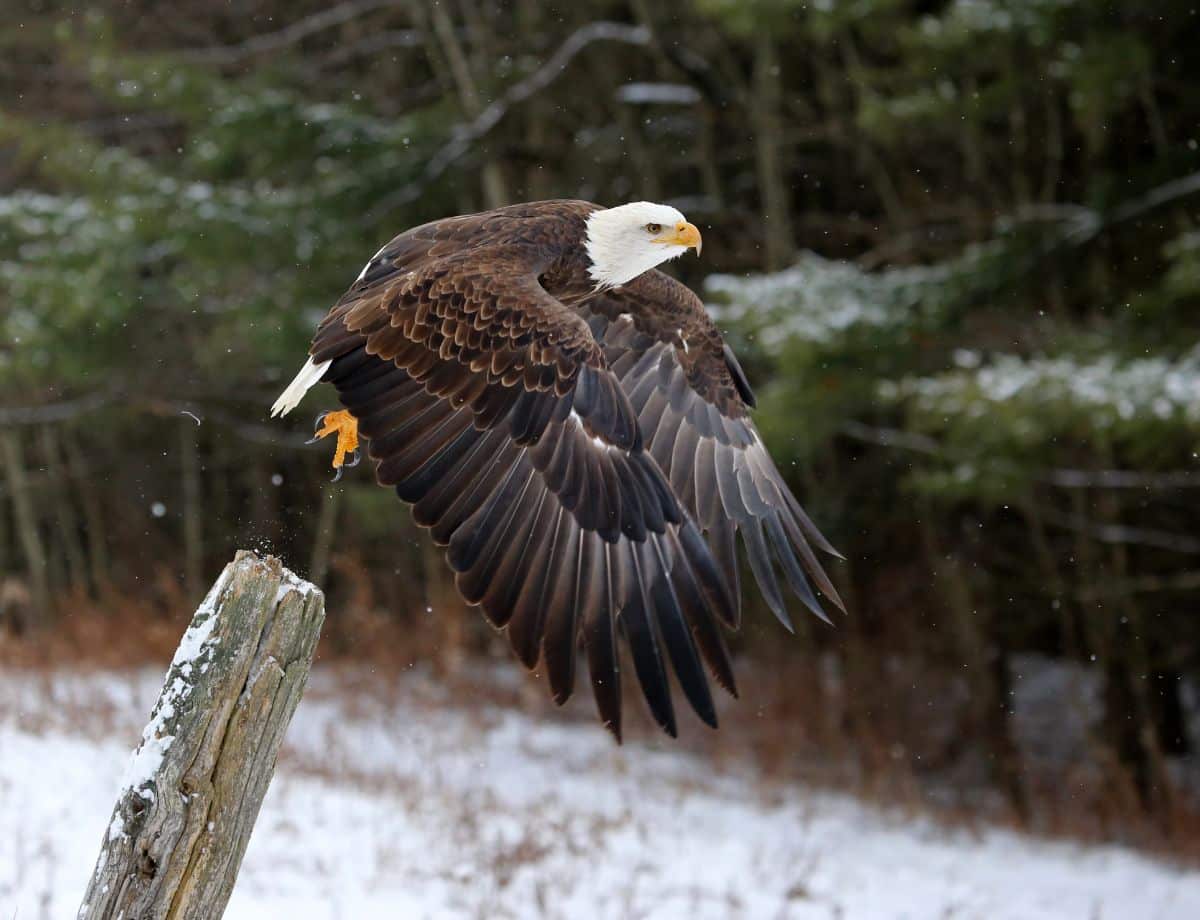
- Scientific Name: Aquila
- Length: 3 ft
- Weight: 14 pounds
- Wingspan: 6 ft
Eagles can be found nearly everywhere in the United States and are the national bird. These birds are predators and will eat anything it comes across, making it easy for them to feed their young. However, these birds make it a point to put their nests high so that others can’t attack their hatchlings.
Eagles might set up their nest on a cliffside or in canyons to keep their home and babies safe.
2. Little Auk
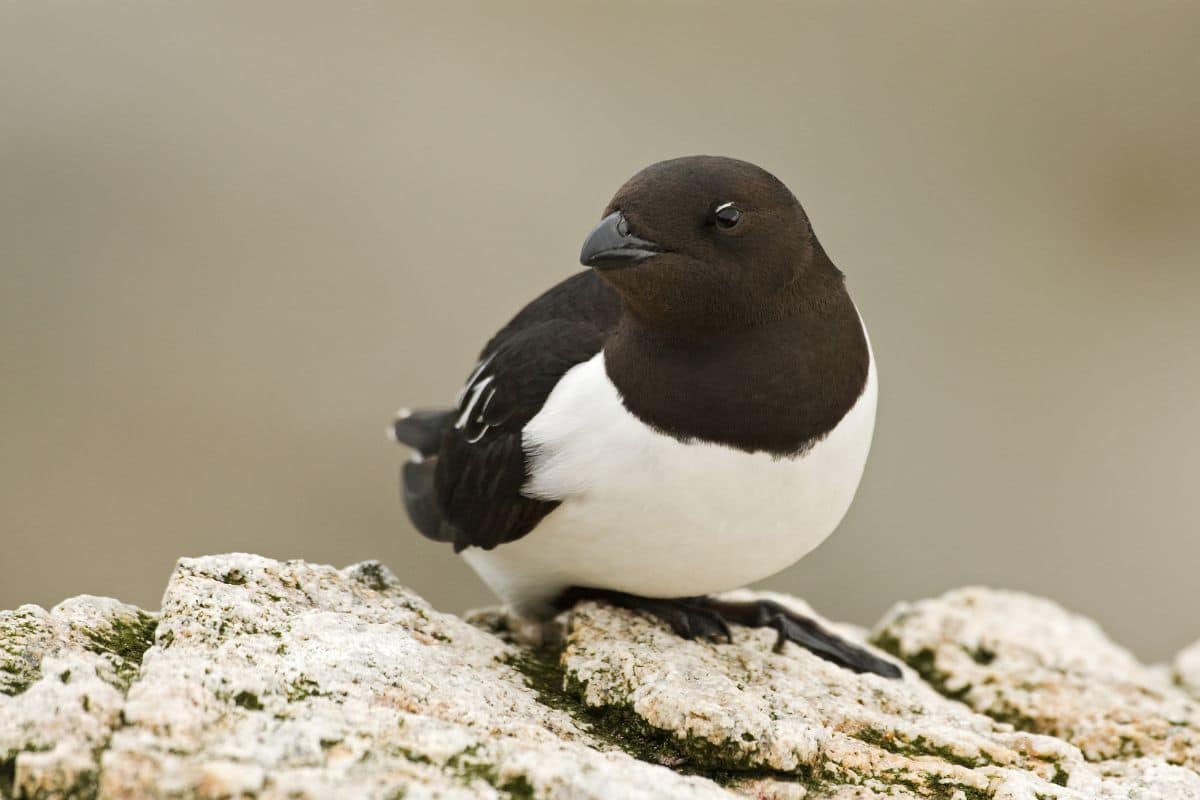
- Scientific Name: Alle alle
- Length: 9 in
- Weight: 6 oz
- Wingspan: 14 in
Little Auks are also called Dovekies and are small birds that resemble penguins but aren’t. These birds will breed on the cliffside and make nests there for a short time while they incubate their new egg. After a period, the Little Auk partners alternate, incubating their egg until it hatches.
Little Auks prefer cold climates and dive several hundred feet into the water for food, so they are not bothered by cliffside heights.
3. Cliff Swallow
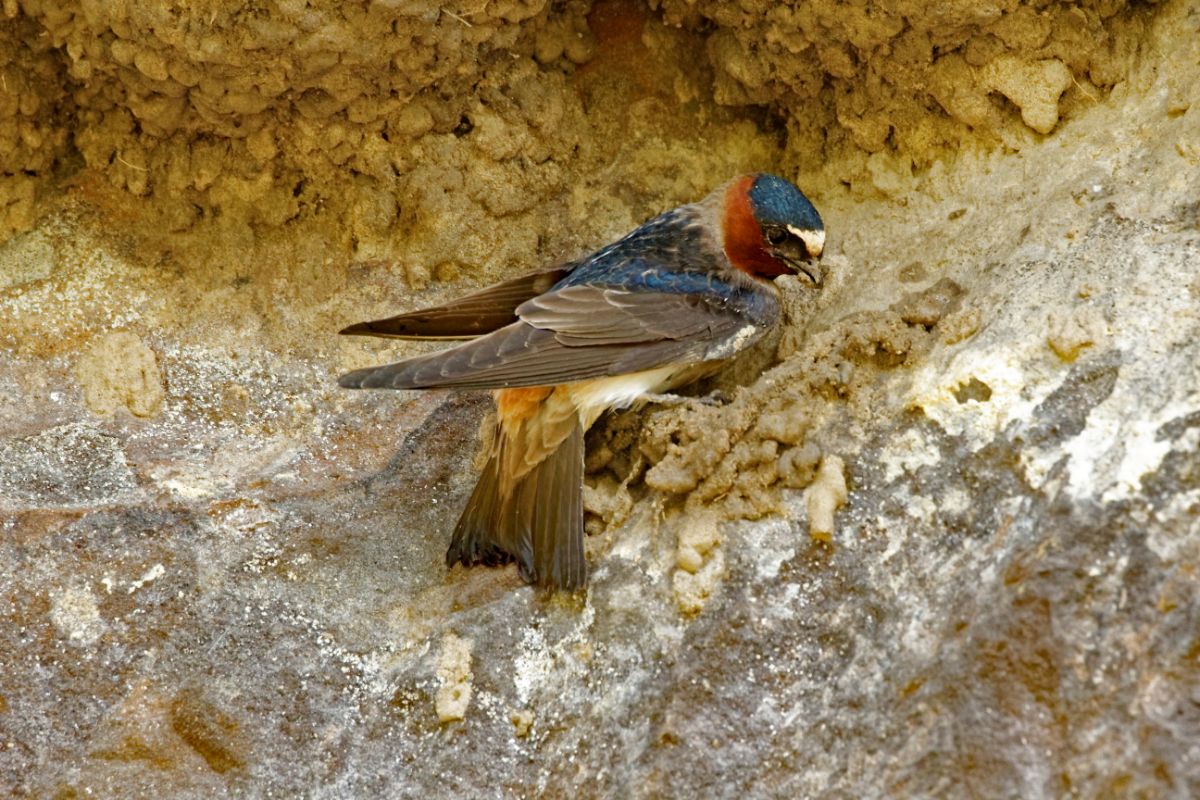
- Scientific Name: Petrochelidon pyrrhonota
- Length: 5.5 in
- Weight: >1 oz
- Wingspan: 12 in
Cliff Swallows are one of the most notable birds that nest on cliffs. Cliff Swallows are small birds with broad wings and small heads that have a small white patch of feathers atop their heads. These birds prefer to make their nests on cliffsides along with a whole group of other Cliff Swallows.
These birds are social and can be found with nearly 2,000 other birds.
4. Atlantic Puffin
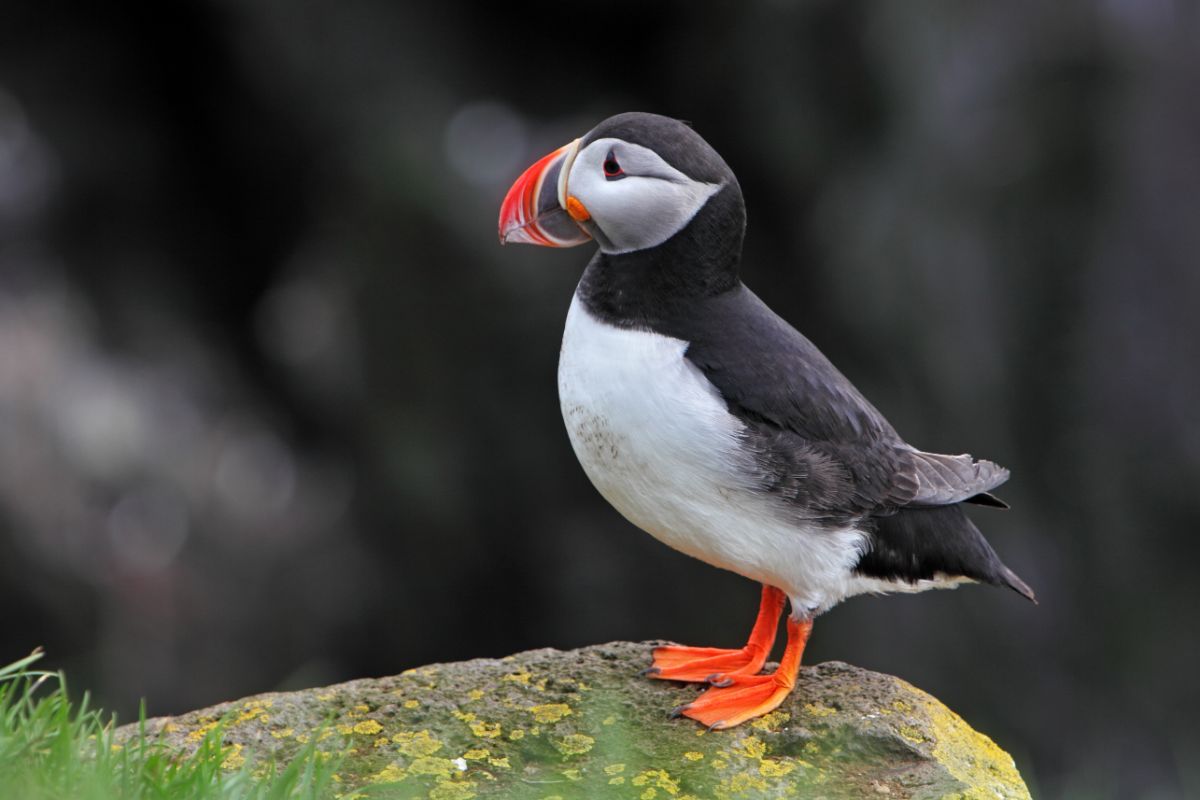
- Scientific Name: Fratercula arctica
- Length: 12 in
- Weight: 1.5 pounds
- Wingspan: 2 ft
Atlantic Puffins are birds that have a similar color pattern to penguins, except Atlantic Puffins will have a large, blunt beak with orange, pale yellow, and black colors on it. Atlantic Puffins will use rocky cliffsides as breeding grounds for meeting other puffins to make a hatchling.
Atlantic Puffins are in the Auk family and dive into the water for their meals.
5. Canyon Wren
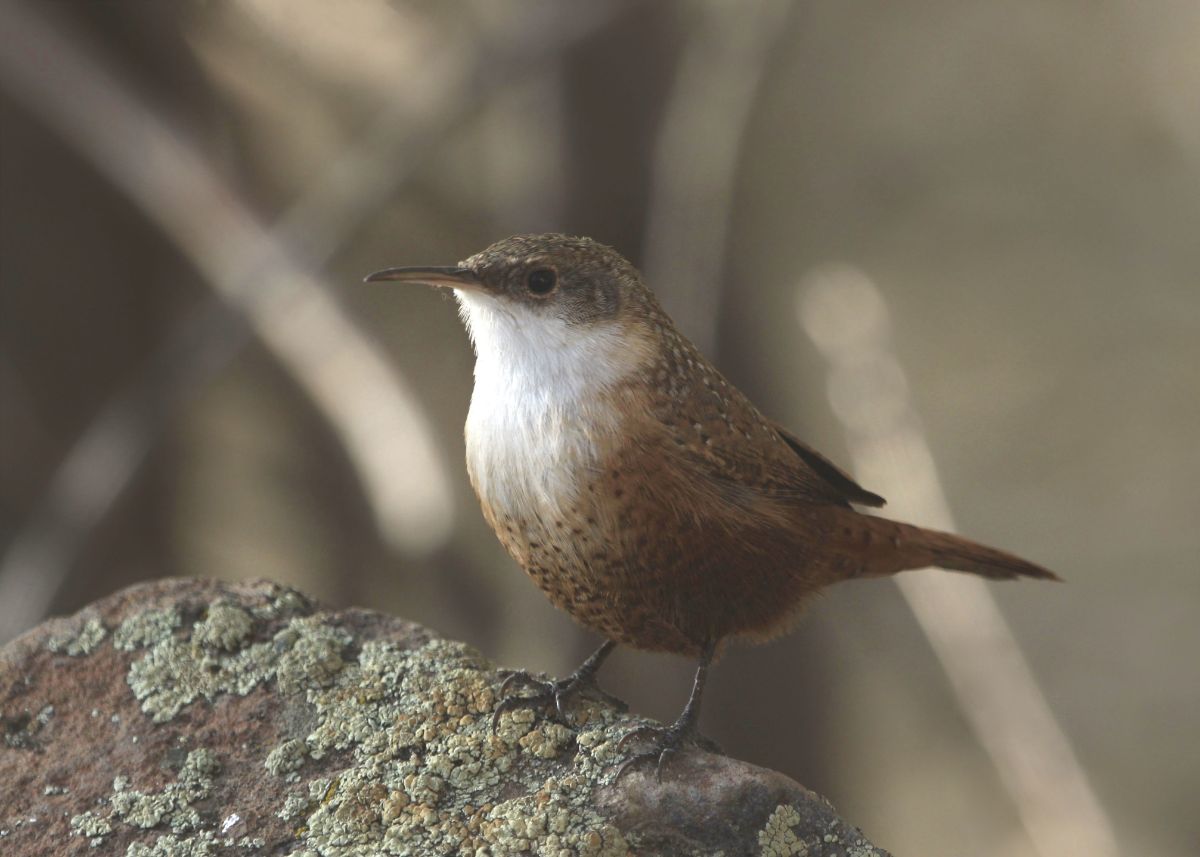
- Scientific Name: Catherpes mexicanus
- Length: 6 in
- Weight: >1 oz
- Wingspan: 7 in
Canyon Wrens will build their nests on a cliffside, canyons, or rockslides. These birds are small enough that they can balance on even the most unstable rocky cliffs. Canyon Wrens prefer the steepest rock faces and canyons.
However, during the winter, Canyon Wrens may relocate closer to streams which makes hunting for food sources easier. These birds prefer areas that don’t get too cold, and the waters don’t freeze over.
6. Common Murre
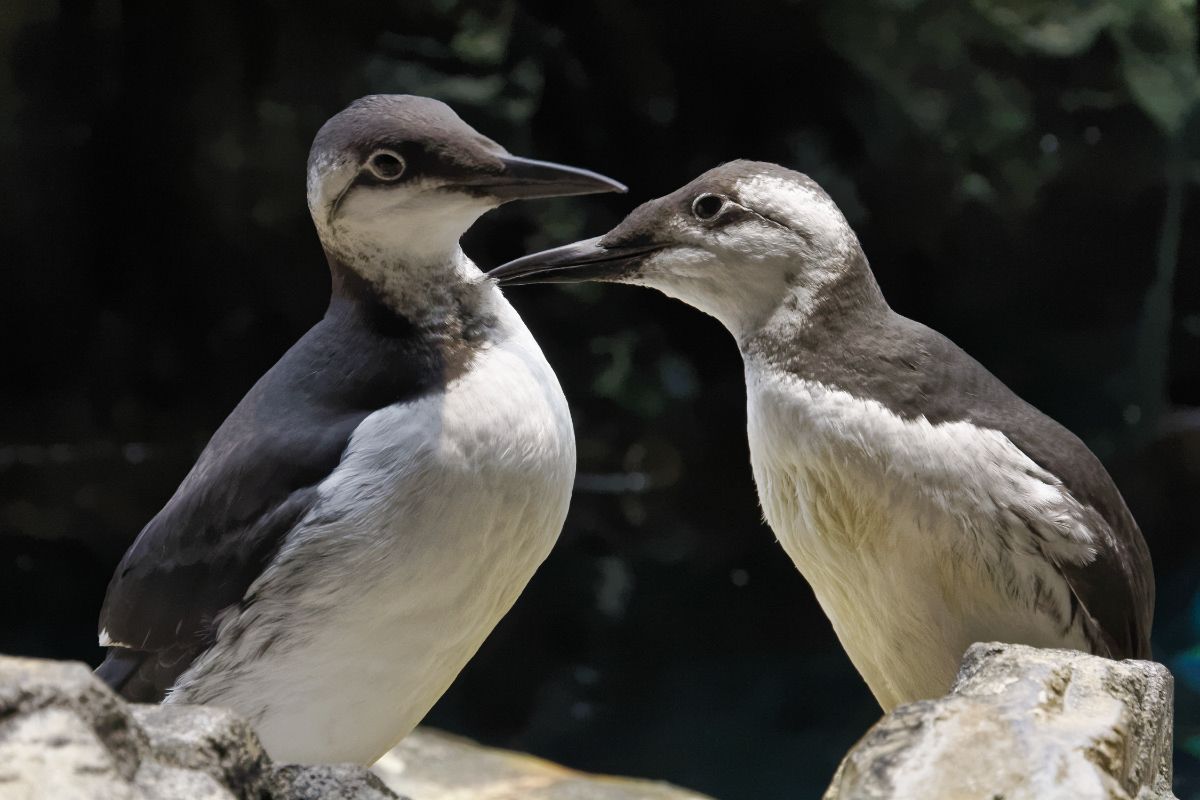
- Scientific Name: Uria aalge
- Length: 17 in
- Weight: 2.2 pounds
- Wingspan: 2 ft
Common Murres will make a nest on cliffsides and look like penguins with a white and black appearance. These birds have a white set of feathers along their chest and belly and black feathers everywhere else.
Common Murres are seabirds and will gladly climb up cliffsides for breeding or other steep areas for safety from predators. You may find Common Murres near rocky seaside areas.
7. Cave Swallow
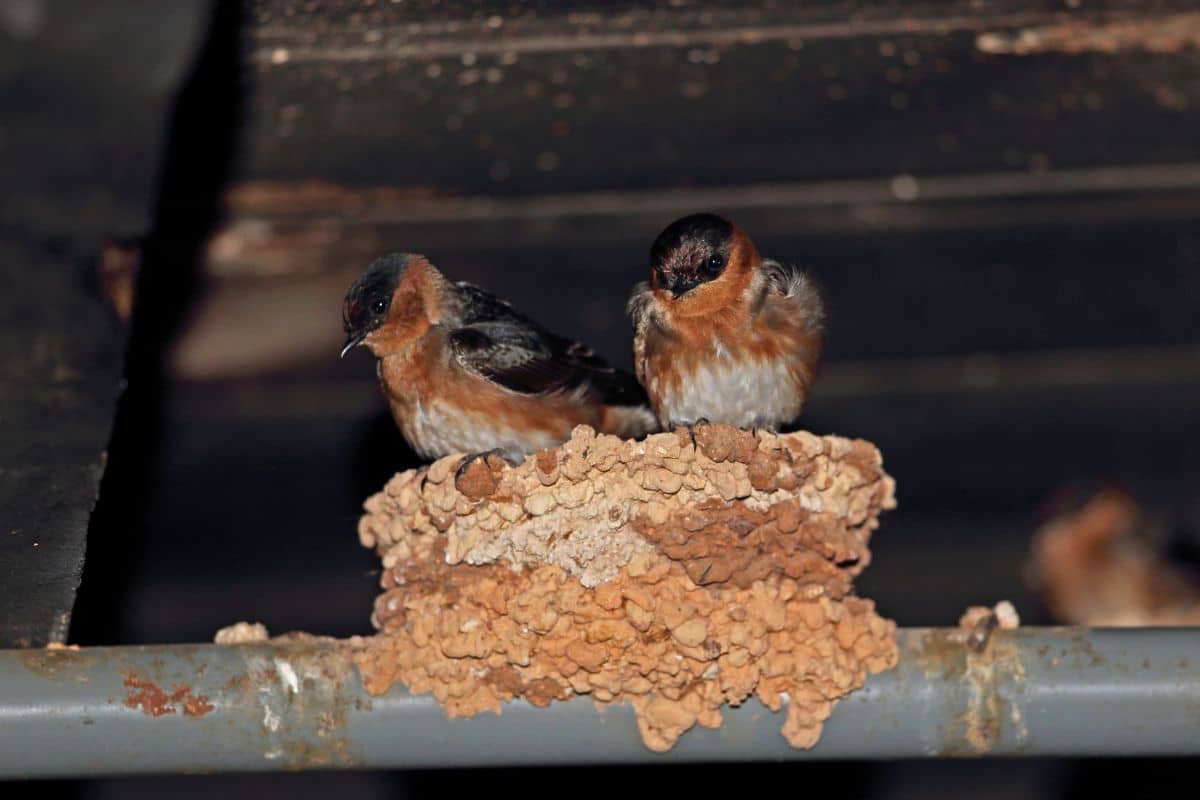
- Scientific Name: Petrochelidon fulva
- Length: 5.5 in
- Weight: >1 oz
- Wingspan: 4 in
Cave Swallows will likely make a nest in caves and cliffsides, but they may choose even riskier locations like the sides of broken buildings, sinkholes, or abandoned grain silos for a home. These birds will build their nest for nearly anything they can find, including bat feces, mud, and straw.
These birds have a symbiotic relationship with bats and will often coexist inside caves with nocturnal creatures. Cave Swallows usually stick toward the entrances of their cave and build cocoon-like nests to protect their young.
8. Razorbill
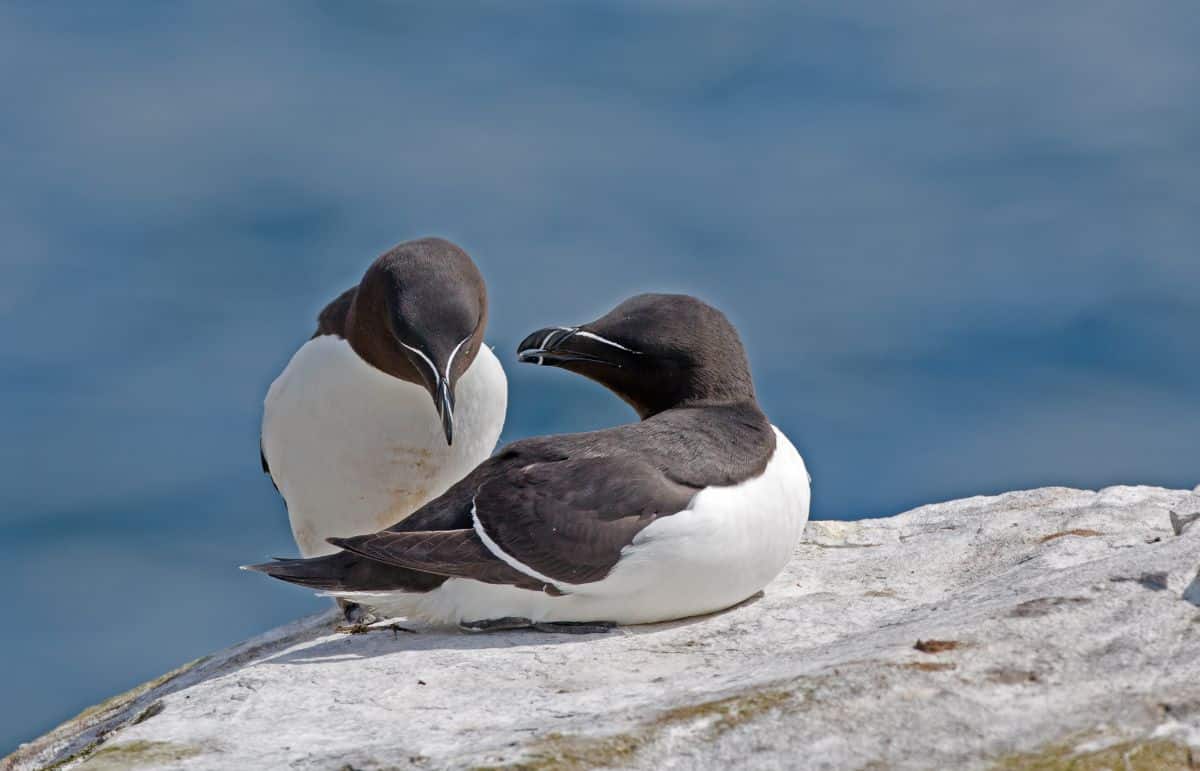
- Scientific Name: Alca torda
- Length: 17 in
- Weight: 2 pounds
- Wingspan: 2 ft
Razorbills are penguin-like birds that have a similar tuxedo-looking color pattern. These birds prefer cliffsides to keep nests and colonies. Razorbills will stick in large groups in a location beside the ocean, where they can dive in for food and practice swimming.
9. Barnacle Goose
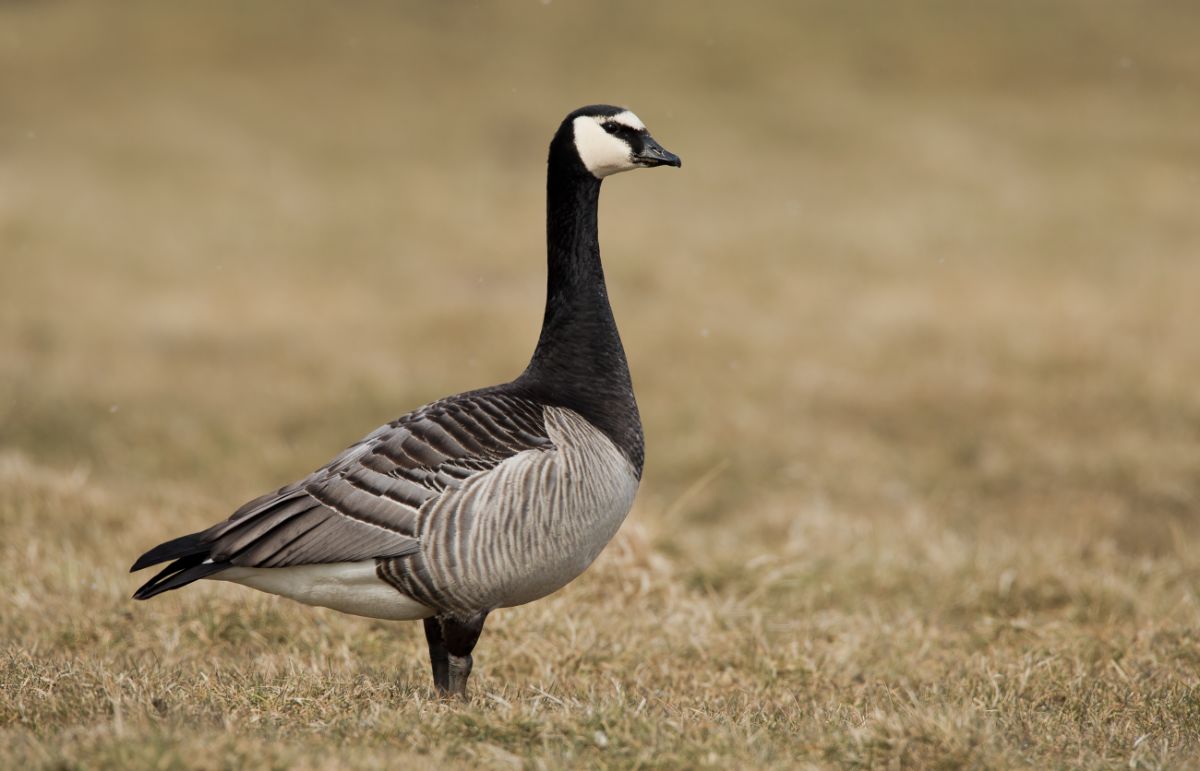
- Scientific Name: Branta leucopsis
- Length: 2 ft
- Weight: 5 pounds
- Wingspan: 5 ft
Barnacle Geese prefer to stay in large groups and communicate with each other through a series of yapping and squawking noises. These birds are herbivores who get most of their meals from leaves, stems, grass, and seeds.
Barnacle Geese enjoy leaving their nests perched on high cliffsides to keep them safe from predators and can have multiple eggs at a time.
10. Northern Gannet
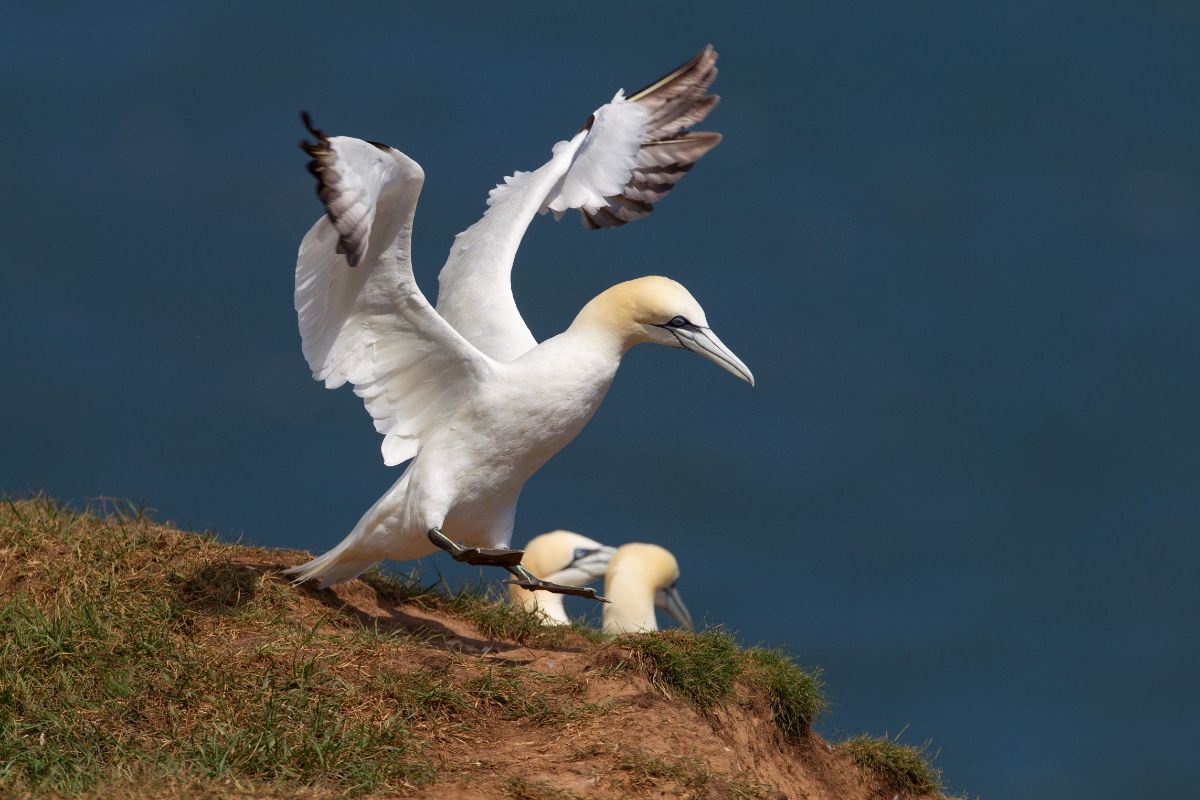
- Scientific Name: Morus bassanus
- Length: 4 ft
- Weight: 7 pounds
- Wingspan: 6.5 ft
Northern Gannets are seabirds that have slender wings and sleek body that allows them to dive into the water to capture meals. These birds will nest ashore, preferring high locations that allow them a good view of the area.
11. Hawk
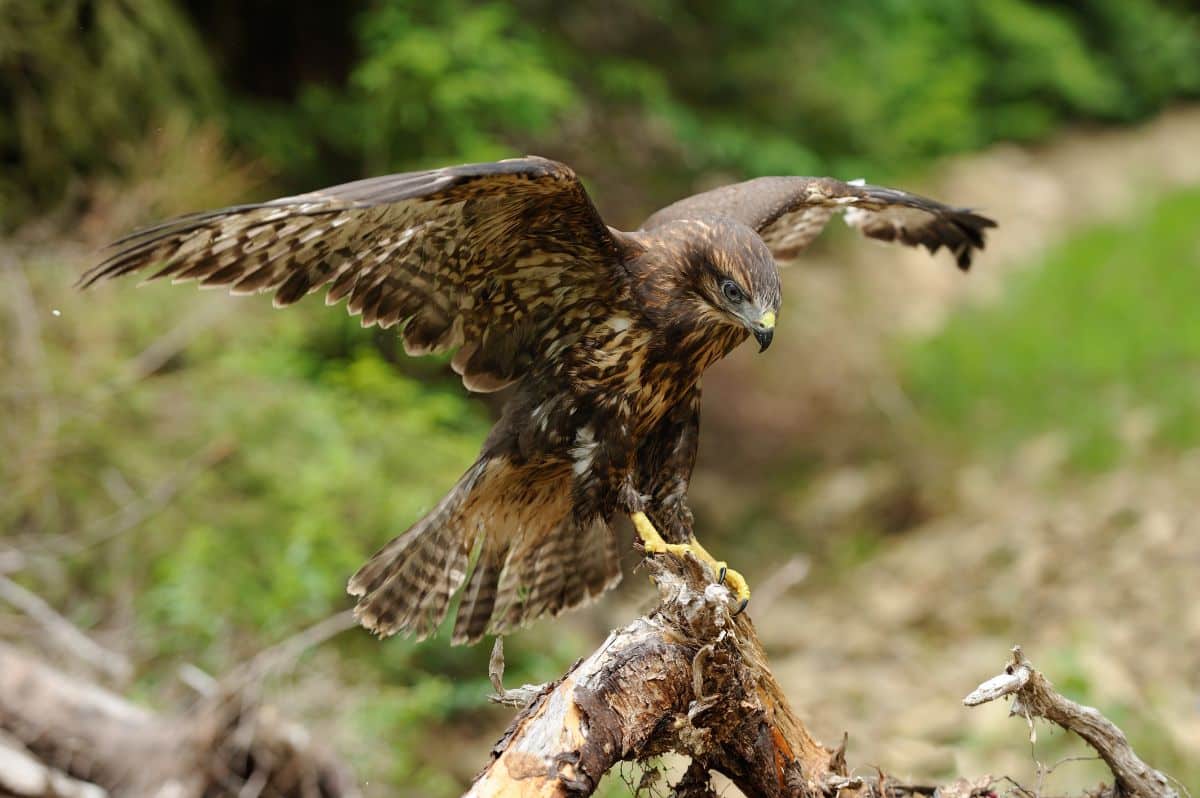
- Scientific Name: Buteo
- Length: 2 ft
- Weight: 4 pounds
- Wingspan: 4 ft
Hawks are one of the most famous birds who will make a nest in high places, whether on trees, cliffsides, or atop tall buildings. These birds are carnivorous and deliberately choose places hard for other predators to reach.
Frequently Asked Questions
It may be hard to believe that some birds might build their nests on cliffs, but it’s true for many types of birds. These answers can clarify some of your questions and help you understand these birds a little better.
Which bird builds its nest on rocky cliffs?
Dozens of birds will make nests on rocky cliffs, including auks, murres, razorbills, and eagles. Even Atlantic puffins are known to breed on rocky shores and cliffsides.
What is a nest on a cliff called?
There’s no name for a nest on a cliff except those owned by a bird of prey. Birds of prey like eagles and hawks will nest on cliffsides or perched high enough that predators can’t get to them. These nests are called eyries.
What bird has the largest population on cliffs?
Swallows are the most common bird on the cliffside and have large colonies alongside cliffs where they feel safer and more comfortable. These birds usually feel safer in large groups and will alert others if harm or danger is present.
Final Thoughts
Dozens of birds call cliffs home and make their nests in these dangerous locations. Not only are food sources more abundant in some cliffs, but they are easier to hide from predators. Although cliffs won’t save nests from bird predators, they will keep a nest safe from bears and other climbing mammals who would like to feast on eggs.
Keep your eyes peeled on your next nature hike for any swallows or other birds flying toward the cliffside to visit their nest and ensure their young are fed. Some birds that nest on cliffs can be easily recognized because of their color, behavior, or plumage.
